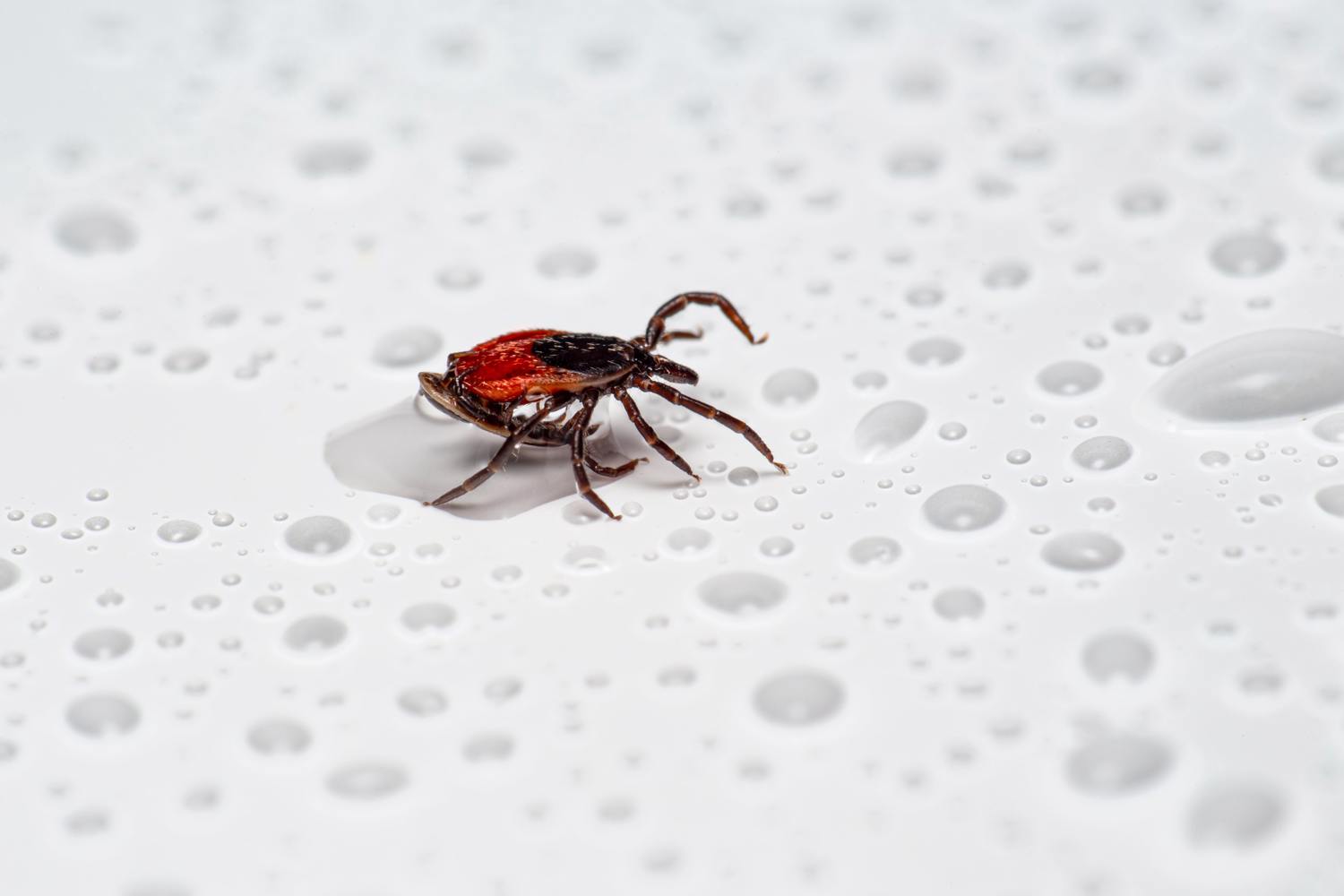What is Rocky Mountain spotted fever?
I recently had friends in town, so of course, we had to show them all about the Colorado lifestyle. One huge thing that lifestyle includes is hiking. My friend asked ahead of time if we had bug spray and mentioned something about Rocky Mountain spotted fever, which I had never heard of.
Although she mentioned that Colorado is not the most common place to get it, it was something she wanted me to be aware of. This got me interested in learning more about what this infection actually is, and where it is most commonly found. Let's get into it!
So what actually is Rocky Mountain spotted fever? It's a bacterial infection that can cause serious issues with internal organs, such as the heart, when not treated. Though it's not as common in The Rockies as the name would lead you to believe, the Rocky Mountains are where it was first identified. It is most common, however, in the southeastern part of the United States. It can also be found in certain parts of Canada, Mexico, Central America, and South America.
The infection, called Rickettsia rickettsii, is the cause of this and is most commonly transmitted by ticks that are carrying it. When these ticks feed on the skin for 6-10 hours, you could be at risk of becoming infected yourself. Unfortunately, you may not even notice the tick.
Symptoms
The first symptoms you will likely notice are a severe headache and high fever. After a few days, symptoms include a rash on the wrists and ankles. Many people will become ill within a week of being infected. Some, however, may not develop symptoms until up to 14 days. The initial symptoms include headaches, fever, muscle aches, and nausea. The rash normally appears 3-5 days after the initial symptoms. This rash is non-itchy and can spread from the wrists and ankles to the hands, feet, arms, and legs. Some people who contract this infection, however, may never develop the rash, which makes it more difficult to diagnose.
Reducing The Risk
The good news is that there are ways to help prevent this infection! Avoid grassy areas if you can and try to stick to trails. If you are in a particularly grassy area, wear long sleeves and pants. Insect repellents containing DEET are also typically useful at repelling ticks. Check yourself and others, including pets, for ticks after spending time in wooded or grassy areas. When removing a tick, use tweezers to carefully grab it near the head. Be cautious not to squeeze or crush the tick. Once it has been completely removed, wash the area with rubbing alcohol or soap and water. Wash your hands vigorously to be sure there is no tick fluid left behind.
Treatment
If you notice any symptoms after a tick bite, see your doctor. The most common treatment for Rocky Mountain spotted fever is an antibiotic called Doxycycline. It works best if started within 5 days of the illness. The fever will usually go away within 24-48 hours, however, patients who are severely ill may take longer to recover. According to the CDC, resistance to doxycycline or relapse in symptoms post-treatment has not been recorded. Remember, it is always important to visit a medical professional if you have any questions or concerns.
